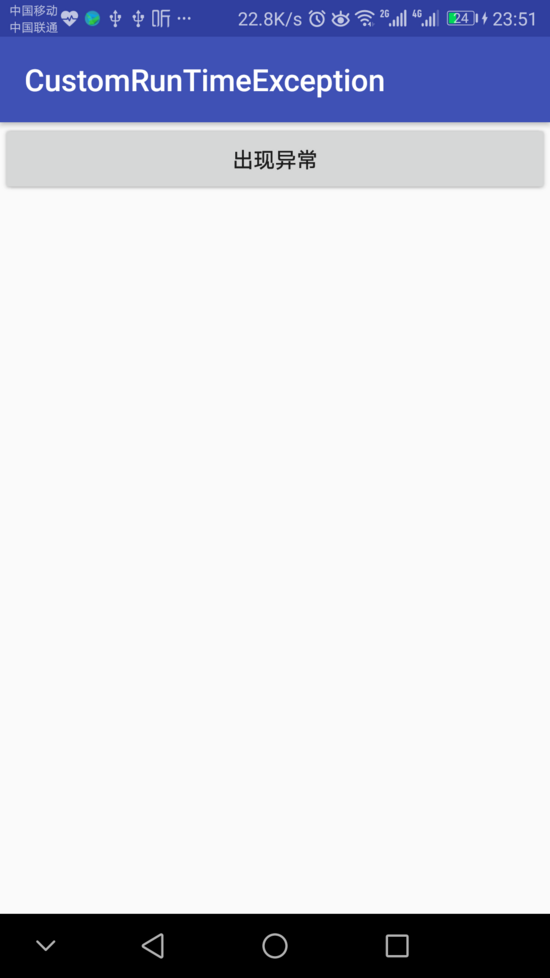前提
今天在群里聊天的时候有群友问如何捕获错误日志,我说可以自己写,也可以用第三方的比如腾讯的bugly,友盟的错误统计等等,但是那些是别人的东西,作为一个程序员当然是要知其然,并且要知其所以然。因此今天就在此写一下关于捕获错误日志的文章,希望可以给新手指导,大佬请绕行。
首先
要捕获错误日志当然是调用系统的了,这样最方便,也是大家常用的了,废话不多说,直接上图,no pic say a xx.

错误日志.png
其次
上面的图是日志信息,下面来看看代码如何编写。
捕获错误日志信息类
?
|
1 2 3 4 5 6 7 8 9 10 11 12 13 14 15 16 17 18 19 20 21 22 23 24 25 26 27 28 29 30 31 32 33 34 35 36 37 38 39 40 41 42 43 44 45 46 47 48 49 50 51 52 53 54 55 56 57 58 59 60 61 62 63 64 65 66 67 68 69 70 71 72 73 74 75 76 77 78 79 80 81 82 83 84 85 86 87 88 89 90 91 92 93 94 95 96 97 98 99 100 101 102 103 104 105 106 107 108 109 110 111 112 113 114 115 116 117 118 119 120 121 122 123 124 125 126 127 128 129 130 131 132 133 134 135 136 137 138 139 140 141 142 143 144 145 146 147 148 |
|
APP(自定义的Application)
?
|
1 2 3 4 5 6 7 8 9 10 11 12 |
|
MainActivity
?
|
1 2 3 4 5 6 7 8 9 10 11 12 13 14 15 16 17 18 19 20 21 22 23 24 25 26 27 28 29 30 31 32 33 34 35 36 37 38 39 40 41 42 43 44 45 46 47 48 49 50 51 52 |
|

MainActivity.png
CrashActivity
?
|
1 2 3 4 5 6 7 8 9 10 11 12 13 14 15 16 17 18 19 20 21 22 23 24 25 26 27 28 |
|

CrashActivity.png
最后
这里需要注意的是,在MainActivity中用的是Kotlin写的权限控制,也就是运行时权限
implementation 'me.weyye.hipermission:library:1.0.7'
要保存日志当然需要SD卡的读写权限。
项目地址:https://gitee.com/1032200695/CrashException
以上就是本文的全部内容,希望对大家的学习有所帮助,也希望大家多多支持服务器之家。
原文链接:https://www.jianshu.com/p/d231e62e4e6c
本文链接:https://my.lmcjl.com/post/8011.html

4 评论